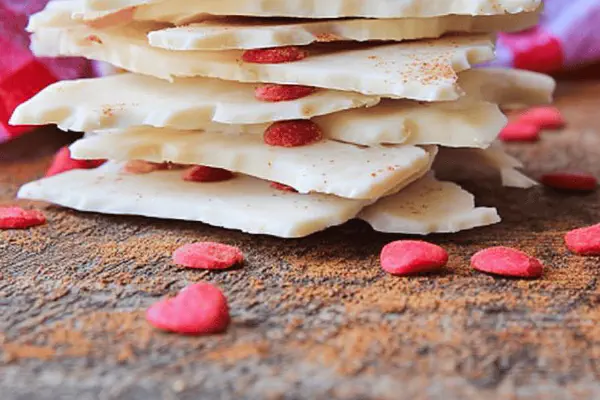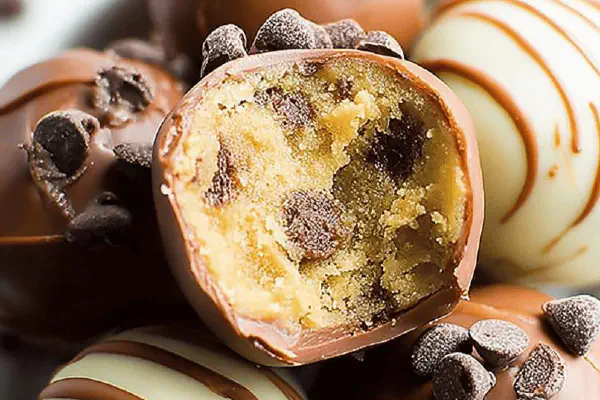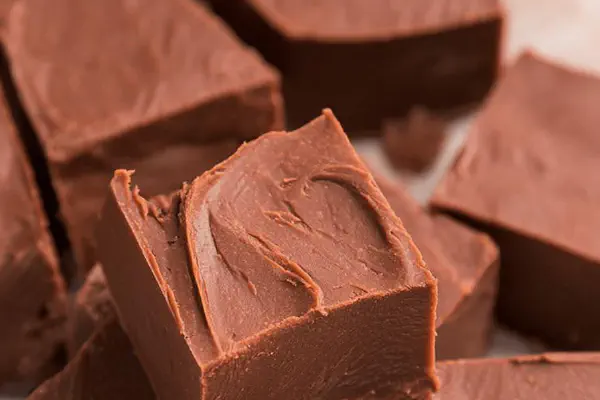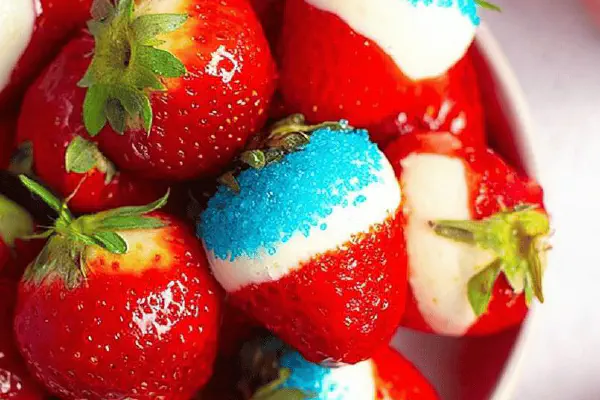Cinnamon Chocolate Bark

By Emma
Certified Culinary Professional
Ingredients
- 1 tablespoon vegetable shortening
- 8 ounces white chocolate chips or chopped bars (can substitute white almond bark for budget)
- 3 ounces crushed cinnamon hard candies (or 3 ounces finely chopped crystallized ginger for twist)
About the ingredients
Method
===
- Set up a double boiler: saucepan filled with about 2.5 inches water, medium heat. Not boiling but lively simmer. Water must not touch the bowl bottom.
- Place vegetable shortening and white chocolate in a heatproof bowl over the pan. Stir every 45 seconds. Chocolate should start softening around 3 minutes. Watch carefully: grainy or dull spots mean need more stirring or heat adjustment.
- While melting, prep a rimmed baking sheet with a large sheet of parchment paper. No wax paper - won’t hold once in fridge.
- Once chocolate is mostly melted and glossy, take bowl off heat and stir continuously. The residual heat will finish smoothening any rough patches. This step prevents overcooking and graininess.
- Immediately pour and spread chocolate thickly onto the parchment with an offset spatula or back of spoon.
- Sprinkle crushed cinnamon candies quickly and press gently but firmly so they stick. Candies must be room temp so chocolate doesn’t seize.
- Fridge for 7-12 minutes. Visual check: bark edges start to lose gloss, center still a little soft but firm to light poke.
- Remove from fridge, use a large serrated knife to just roughly break into irregular chunks. Resist perfect squares temptation — bark is a rustic snack best messy.
- Serve at room temperature. Store airtight in fridge if not eaten right away to avoid candy melting or chocolate bloom.
Cooking tips
Chef's notes
- 💡 Double boiler setup key - water low simmer only. Too hot steam hits bowl bottom, chocolate grinds grainy. Watch water level, refill carefully without splash. Stir every 45 sec not nonstop. Chocolate must soften evenly. Spot dull grains, raise heat slight or stir more.
- 💡 Use vegetable shortening to thin rich white chocolate. Makes bark shimmer, cuts hard cracking chill cold. Avoid coconut oil unless you want softer, faster melt bark. White chocolate chips melt more even than bars; almond bark firmer at room temp but less creamy. Adjust as needed, no exact swap.
- 💡 Crushed cinnamon candies must be room temperature or chocolate seizes. Cold hits hot chocolate, clumps form. Scatter and press quickly, press firmly. Candies slide easily if chocolate too loose. Timing critical once chocolate glossy but not fully cold. Chill 7–12 min; edges lose gloss, center still soft to finger poke.
- 💡 Parchment paper only, avoid wax paper completely. Wax sticks once cold; you want clean release and no oily seepage. Prep baking sheet early. Spread chocolate thick roughly ¼ inch. Too thin cools fast, dulls sheen and cracks at edges. Offset spatula or back spoon good tools here.
- 💡 Cut bark with serrated knife once chilled. Rough break beats neat squares every time. Squares look clean but dull texture; irregular chunks trap crunchy candy best. If chunks too hard to cut, let rest room temp minutes before slicing to avoid crumbling. Store airtight fridge to prevent bloom or candy softening.
Common questions
What causes chocolate graininess?
Usually heat too high or water touching bowl bottom. Steam condensation drips can cause sudden cooling spots. Stir often every 45 seconds, not nonstop. Lower heat if grain shows early. Grain occurs when cocoa butter separates with heat shock.
Can I substitute cinnamon candies?
Yes, crushed crystallized ginger works well for zing and chew. Candy melts won’t work, low cocoa solids screw texture. Hard candies needed for crunch, cinnamon or other spice flavors. Room temp always. Swap but mind candy melting temp or chocolate seize.
Why do candies slide off?
Press firmly before chocolate sets. Chocolate surface quickly tacky then hardens unevenly. Sprinkle quickly after spreading. If sliding happens, chill base chocolate longer, then add candies fast. Candies must not be cold, that shocks chocolate bond.
How to store bark?
Airtight container always. Store fridge to keep candies solid and chocolate bloom-free. Avoid freezer, ice crystals dull sheen and crack candy. Room temp short term okay but candies soften with heat; humidity ruins crunch. Use parchment or wax paper between layers.



